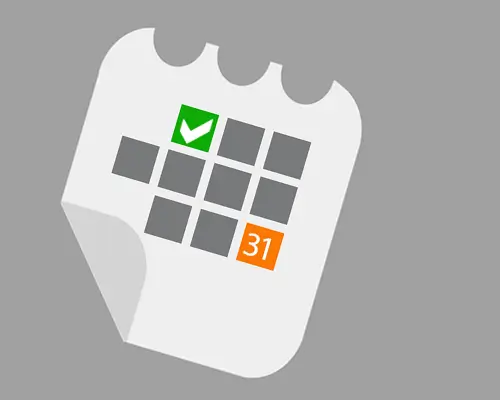
Back Pains Consultation
কোমরে ব্যাথা (Back Pain): বেশিরভাগ মানুষ জীবনের কোনো একসময় এই কোমরের ব্যাথায় ভোগেন, গবেষণা বলছে ৮৪% মানুষের, নারী -পুরুষ উভয়েই, এই কোমরের ব্যাথার অভিজ্ঞতা আছে । বেশিরভাগ কোমরের ব্যাথা মারাক্তক কোনো কারণে হয়না, কোমরের ব্যাথার কারণ প্রাত্যহিক কাজকর্মের কারণেই হয়ে থাকে ; ১০-১৫% ক্ষেত্রে কোমরের ব্যাথার কারণ খারাপ কিছু হতে পারে| কোন কোমরের ব্যাথা মারাক্তক, কোনটা মারাক্তক না ? সেইটা সাধারণ মানুষের বুঝার কথা না, কোমরের ব্যাথার জন্য অবশই চিকিৎসকের পরামর্শ লাগবে - নিশ্চিত হওয়া লাগবে - এইটা কি ধরণের কোমরের ব্যাথা, কতদিন পরে ভালো হতে পারে ইত্যাদি; সুখবর হচ্ছে - বেশিরভাগ কোমরের ব্যাথা মেডিসিন দিয়ে চিকিৎসা করেই ভালো করা যাবে -ভালো থাকা যায়
